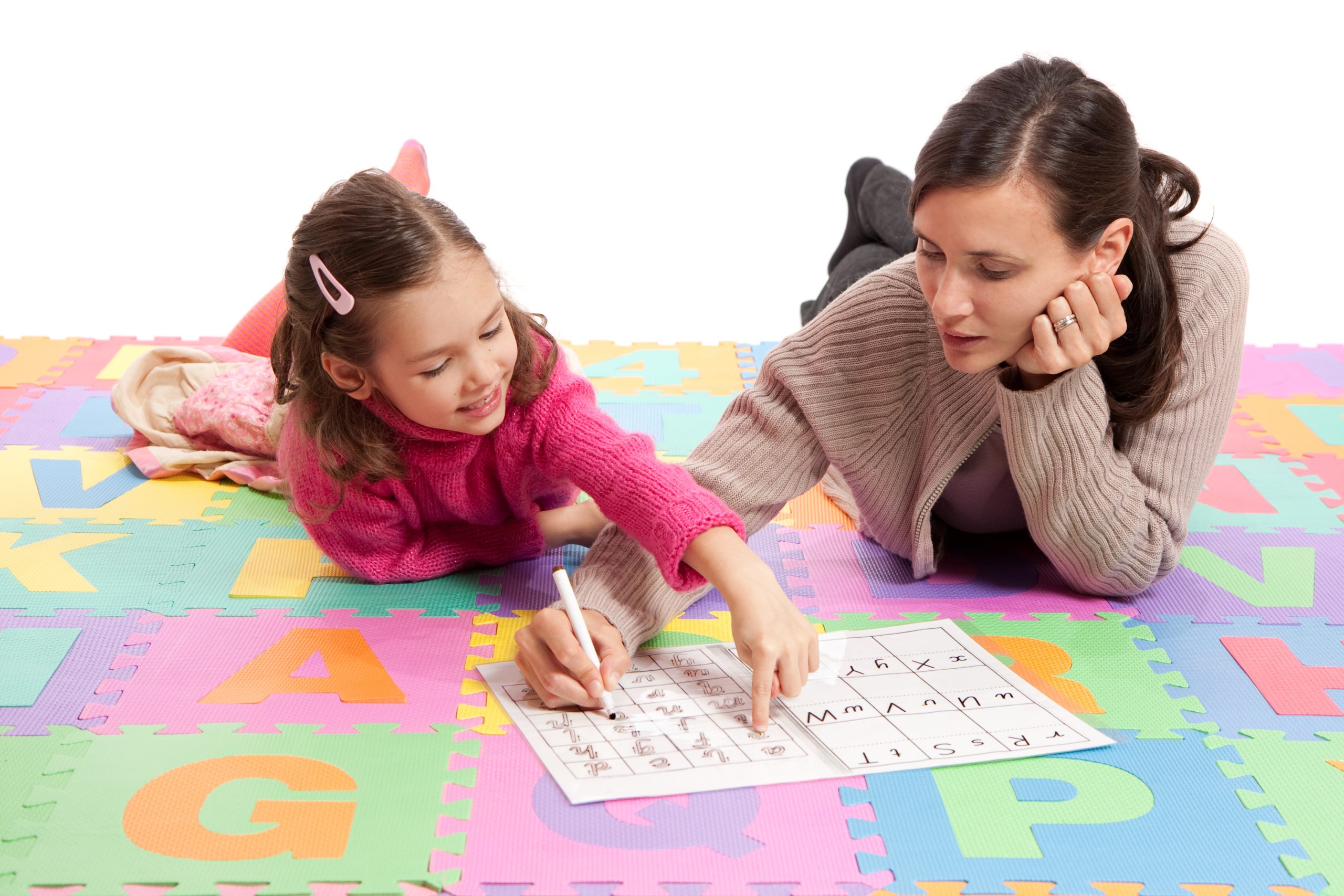Traditional forms of communication, like cursive writing, are being pushed aside in our fast-paced digital world. While many schools today still teach cursive writing, it’s becoming an optional skill. However, as parents, we know there are many benefits to teaching our children cursive writing. Cursive writing helps with handwriting skills, enhances brain development, and is an important part of our cultural heritage. So, as we navigate the digital era, let us not forget the power of cursive writing. In this blog post, we’ll provide you with a comprehensive guide on how to teach cursive writing to your children.
Step 1: Mastering the Basics
Before you can teach your child cursive writing, they must first master printing basics. It’s important that your child can write legibly and has good fine motor skills to begin developing cursive writing. Start with teaching your child how to hold a pencil correctly, then move on to standard printing techniques such as forming individual letters and words. This will help your child transfer the motion used in printing to cursive writing.
Step 2: Introducing Cursive Writing
When introducing cursive writing, start simple. Have your child practice writing individual letters first and then move on to whole words. Please encourage your child to begin with lowercase letters, which are easier to write and more commonly used in cursive writing. You can start with basic letters like a, c, e, I, or you, as they have simple strokes. Ensure your child moves their pencil correctly to create a smooth and fluid motion.
Step 3: Practicing Proper Techniques
When it comes to cursive writing, proper technique is a must. Ensure that your child’s hand placement is correct. Their wrist should be slightly bent, and their fingers should hold the pencil in a tripod grip. To help your child create clean and even lines, have them use lined paper. Please encourage them to connect each letter within a word, practising the flow of cursive writing. Please remind your child to take their time, as cursive writing requires a slower pace and precision.
Step 4: Reinforcing Learning
Learning cursive writing takes time, patience, and lots of practice. Reinforce what your child has learned by having them practice every day. You can also incorporate cursive writing into other activities, such as writing letters to grandparents, signing cards, or copying passages from books. This will help your child build their speed and confidence in cursive writing.
Step 5: Making It Fun
Learning cursive writing doesn’t have to be all work and no play. Make it fun for your child by using colourful pens and decorative paper. You can also transform your child’s name into an art project by having them practice writing their name in cursive, decorating the letters with glitter, or creating a sign for their bedroom. Use your imagination and encourage your child to get creative with cursive writing.
While cursive writing may seem old-fashioned, children need to learn. As parents, it’s up to us to teach our children this valuable skill. Remember to start with the basics, practice proper technique, reinforce learning, and most importantly, make it fun. With these tips, you can help your child develop their cursive writing skills and preserve this valuable form of communication for generations to come.


